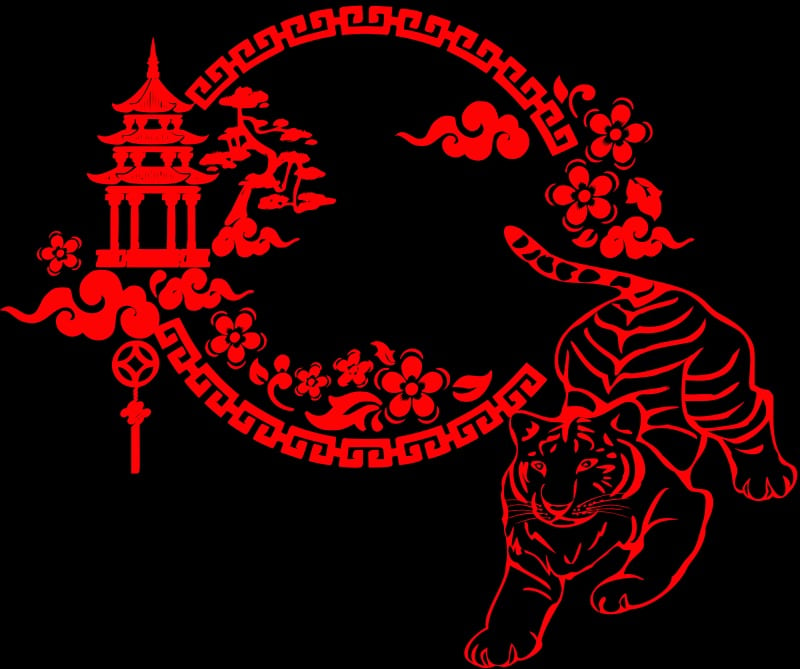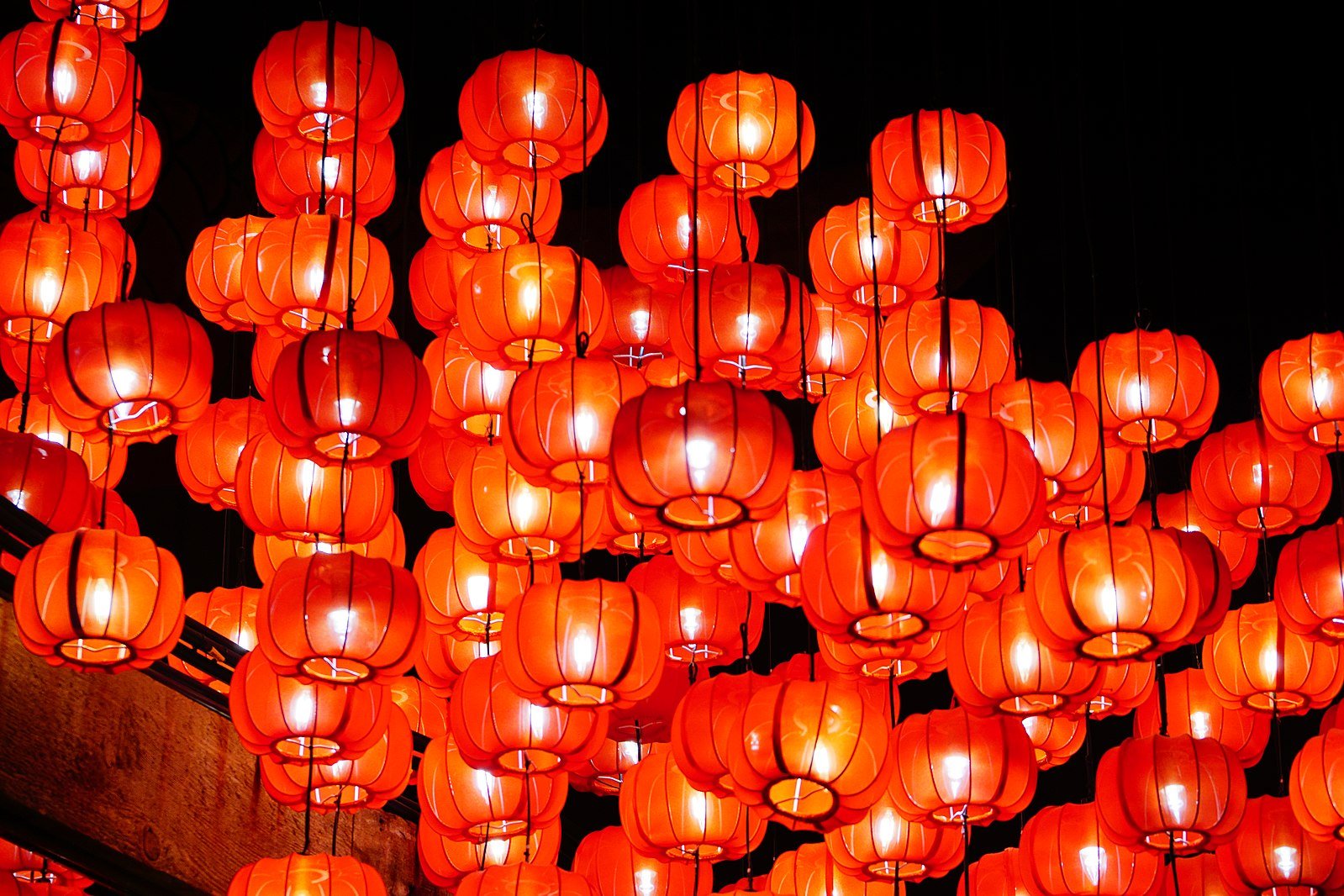
The Chinese, or Lunar, New Year, which falls on February 1 this year, is celebrated by over 2 billion people — about 20 percent of the world's population. Also known as the Spring New Year, the ancient festival lasts for two weeks and is observed with numerous fun customs and traditions. It is China's biggest holiday. With most businesses closed for at least seven days, hundreds of thousands of city workers head home to enjoy the festivities with their families.
This year's celebration kicked off on January 26, 2022, with Little Year, or "Xiaonian." The day is dedicated to memorial and prayer ceremonies. Many people also clean their homes to sweep away bad luck, and hang spring couplets — red decorations hung in pairs — on doorways for prosperity. Since red is believed to bring good fortune, the color features prominently in everything from clothing to the lanterns used to adorn residences.

The festivities will begin in earnest on January 31, 2022, the night before the Lunar New Year, with a reunion dinner with friends and family. The delicious feast, considered the year's most important meal, is steeped in tradition. A whole chicken symbolizes family togetherness, while long uncut noodles signify longevity. Wealth and prosperity are represented by dumplings that look like ingots (ancient Chinese currency) and spring rolls that resemble gold bars. The menu almost always comprises eight or nine items. In Chinese culture, eight represents success, while nine symbolizes infinity. Children receive red envelopes filled with money and inspiring messages from elders and are often allowed to stay up late to watch the spectacular fireworks shows that light up the skies at the stroke of midnight.
The two-week-long celebrations will end on February 15, 2022 — the day of the full moon — with the Lantern Festival. Observers hang red lanterns in homes and temples and pray for good fortune in the upcoming year. The evening is marked with parades, the highlight of which is a dragon dance. It involves strategically placed poles that manipulate a colorful silk and paper dragon.
Every Chinese New Year is dedicated to one of twelve animals. One popular tale credits the fun custom to the Jade Emperor's decision to honor animals with their own year. To qualify for the privilege, they had to race each other along a route that included a fast-flowing river. The twelve creatures who completed the competition — Rat, Ox, Tiger, Rabbit, Dragon, Snake, Horse, Sheep, Monkey, Rooster, Dog, and Pig — were each assigned a year in the order they reached the finish line. The animals are believed to shape the character and fate of individuals born in that year.
2022 is the Year of the Tiger. It includes those born in 2022, 2010, 1998, 1986, 1974, 1962, 1950, and 1938. "Tigers" are daring, ambitious, generous, and filled with boundless energy. They cherish their independence and have a keen sense of justice. However, their rebellious nature, and willingness to do whatever it takes to achieve their goals, often make them unpopular among peers.
Though commonly called Chinese New Year, the festival is also celebrated by the residents of Thailand and Singapore. Vietnam's New Year celebration, called "Tet," follows similar traditions. However, the festivities last only seven days.
Gong hei fat choy
Resources: Chinesenewyear.net, Chinghighlights.com, Wikipedia.org
